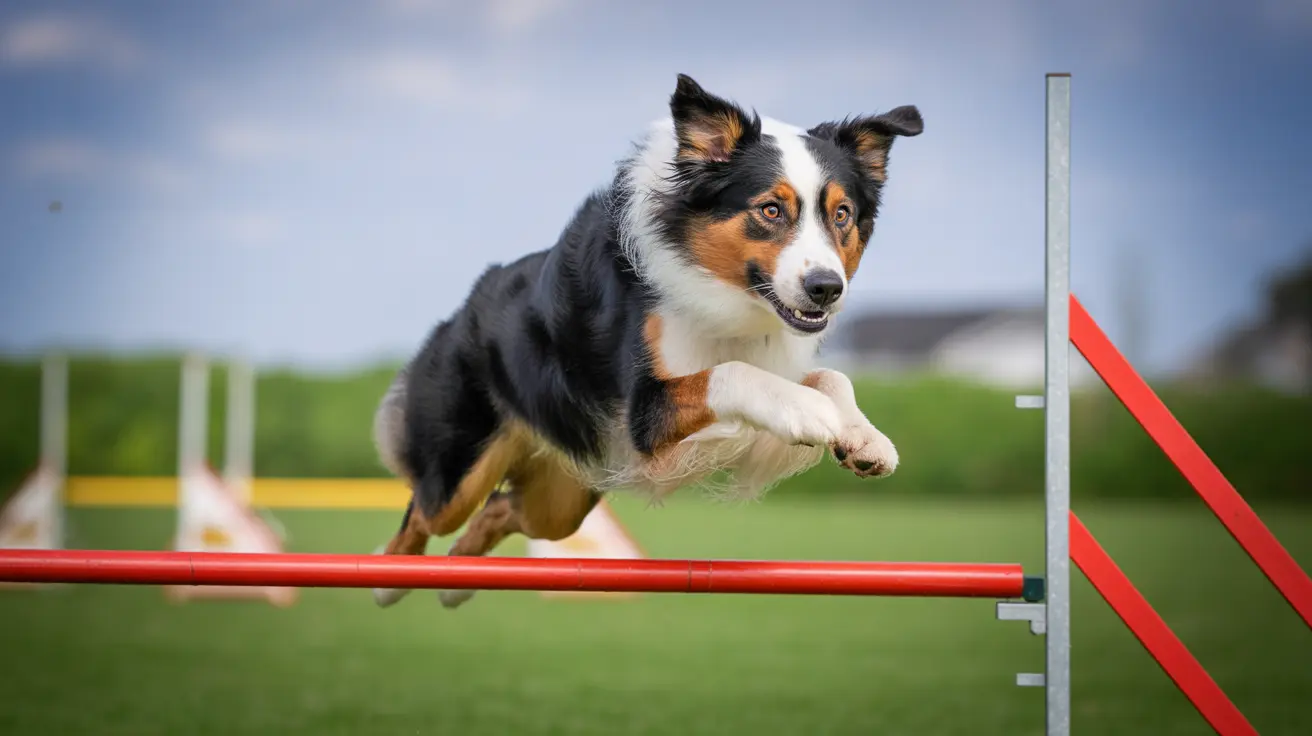Understanding the Three Types of Huskies
Huskies are among the most beloved dog breeds due to their striking appearance, energetic nature, and historical significance. While the term “Husky” is commonly associated with sled dogs from cold climates, there are three main types often referenced under this umbrella: the Siberian Husky, Alaskan Malamute, and Alaskan Husky. Each of these types has unique characteristics, origins, and roles, although only one is considered a standardized breed by major kennel clubs.
1. Siberian Husky
The Siberian Husky is a medium-sized working dog that originated in Northeast Asia, specifically Siberia. Bred by the Chukchi people for companionship and sled pulling, they became known for their endurance and speed. Introduced into Alaska during the early 20th century and notably used during the 1925 serum run to Nome, Siberian Huskies have a legacy of reliability in harsh conditions.
Key traits of Siberian Huskies:- Double coat for insulation in extreme cold
- Recognizable features: erect triangular ears, bushy tail, and facial markings
- Various coat colors including black, white, red, sable, and agouti
- Eye colors ranging from blue, brown, amber, green, to heterochromia
- Medium size: males weigh 45–60 lbs, females 35–50 lbs
Siberian Huskies are intelligent and sociable but known for stubbornness and a strong prey drive. They require significant daily exercise and early training to thrive as pets.
2. Alaskan Malamute
Though not covered in the provided source text, the Alaskan Malamute is often considered in the same family due to its sled dog heritage. Larger and heavier than the Siberian Husky, Malamutes were bred for strength and hauling heavy loads over long distances. They are not as fast as Siberian Huskies but excel in durability and power.
Differences from the Siberian Husky:- Heavier bone structure and more muscular build
- Wider head and plumed tail carried over the back
- Generally brown eyes only
Malamutes require strong leadership, daily exercise, and are better suited to experienced dog owners.
3. Alaskan Husky
The Alaskan Husky is not a purebred dog but a type developed specifically for performance, notably in dog sled racing. These dogs are a mixed breed, combining the traits of several sled dog types – including the Siberian Husky – to optimize speed and efficiency over long distances in competitive conditions. Alaskan Huskies are commonly seen in long-distance races like the Iditarod.
Notable characteristics:- Varied appearance due to mixed lineage
- Bred for speed, endurance, and work ethic
- Lighter frame than Siberian Huskies
- Tends to be more agile and faster over distances
Alaskan Huskies are rarely kept as companion animals and more often live in working kennels. They can make excellent pets in active homes but need structure, consistent training, and ample physical activity.
Comparing the Three Types
While similar in working roles and heritage, the three types vary in purpose, appearance, and suitability as pets.
Comparison table:- Siberian Husky: Recognized breed, friendly, all-purpose sled dog, sociable
- Alaskan Malamute: Recognized breed, strength-focused, heavier build, calmer demeanor
- Alaskan Husky: Mixed breed, race-optimized, highly energetic, varied in look
Final Thoughts for Potential Owners
If you're considering adopting a Husky, the Siberian Husky is likely what you're looking for in terms of companionship and standardized traits. They are beautiful, intelligent, and full of personality—but they demand activity, structure, and human interaction. Alaskan Malamutes and Alaskan Huskies, while closely related in working heritage, may suit different lifestyles depending on your experience and activity level.
Regardless of the type, huskies are not ideal for sedentary households. Their energy, intelligence, and need for socialization require a dedicated, informed owner capable of meeting their physical and emotional needs. When raised and cared for correctly, huskies offer loyalty, companionship, and awe-inspiring capabilities rooted in their Arctic legacy.





